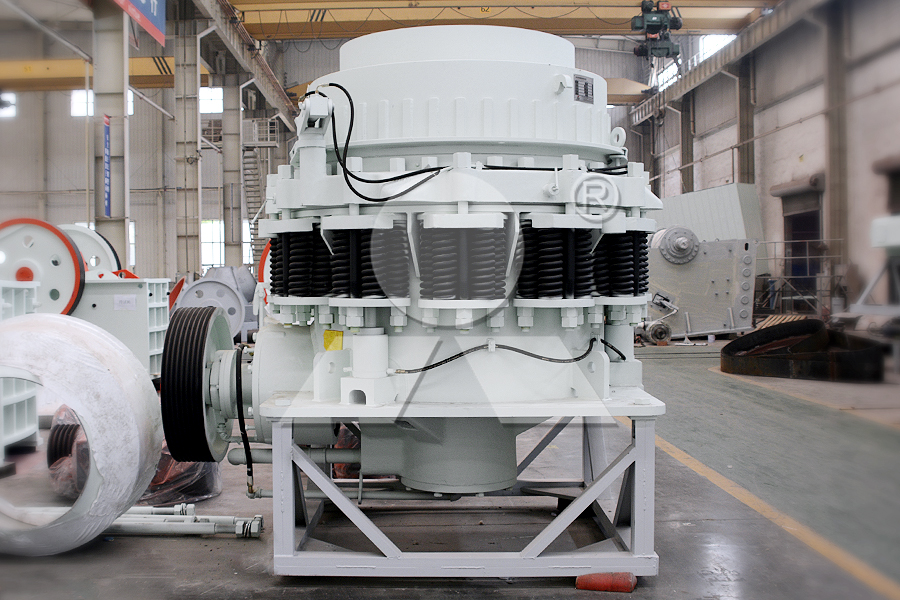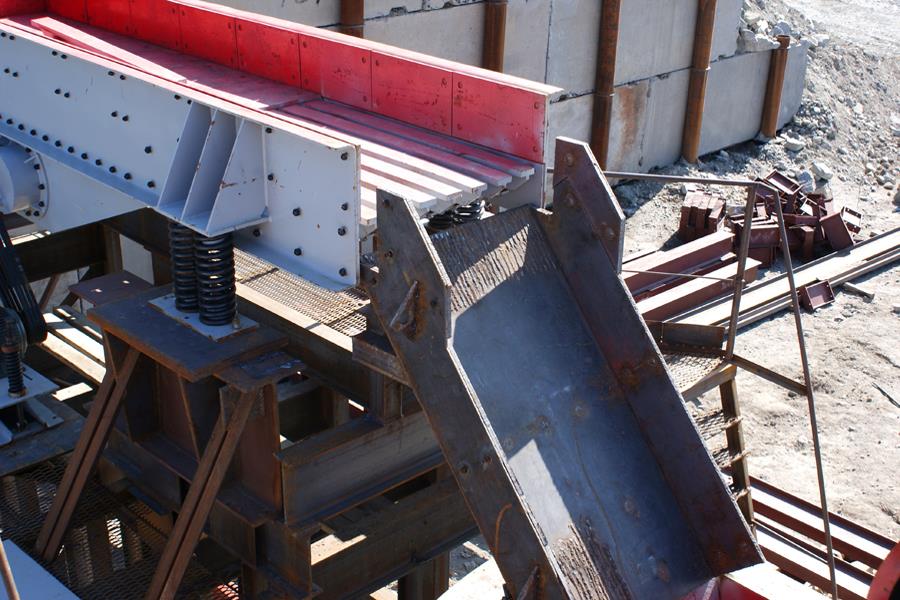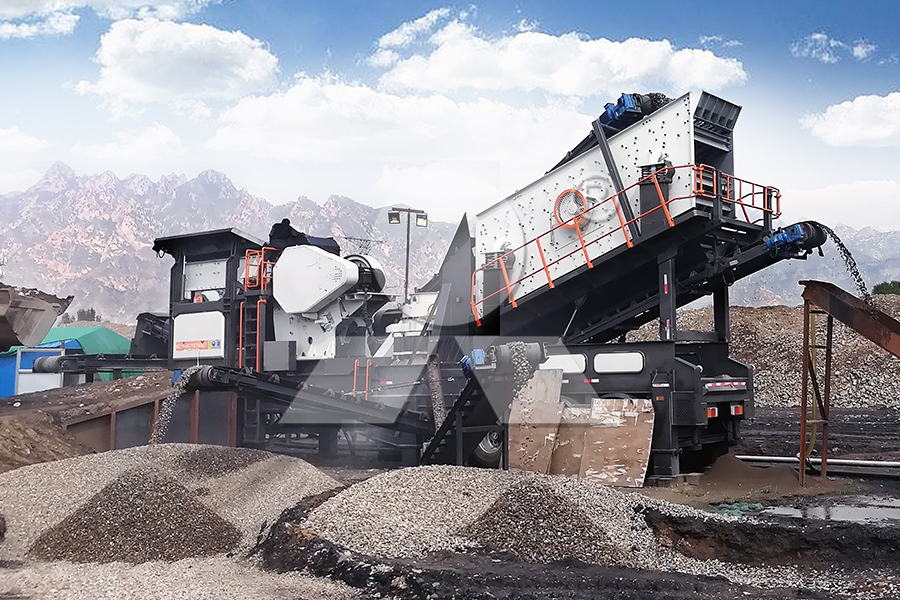

The finished product of dry sand making has low moisture content, high resource utilization, water conservation and easy automation, but it is sensitive to raw materials and requires efficient dust removal; the finished product of wet sand making has g
The finished product of dry sand making has low moisture content, high resource utilization, water conservation and easy automation, but it is sensitive to raw materials and requires efficient dust removal; the finished product of wet sand making has good appearance and good dust control, but it consumes a lot of water, has high cost, and depends on the environment and climate. Dry sand making is more popular in areas with limited water resources.
The production process of artificial sand making is mainly divided into dry sand making and wet sand making, which are more common in the sand making industry. This article will analyze their advantages and disadvantages.
Artificial sand making process details
Dry sand making production process
Dry sand making is a production method that uses a powder selector or dust removal device to separate sand and powder without water washing. Its typical process includes raw material screening, coarse and medium crushing, screening and grading, as well as vertical shaping sand making and dust collection.
Advantages:
The finished product has low moisture content: the moisture content of sand and gravel produced by dry method is generally no more than 2%, which is suitable for year-round use. It will not freeze even in low temperature environments in winter, and production can be carried out continuously.

Controllable stone powder content: By adjusting the air volume and air pressure of the powder selector, the sand produced can meet a variety of engineering and construction standards, and the concrete strength is high.
High resource utilization: The byproduct stone powder can be used for roadbed or unburned bricks, almost achieving zero emissions.
Water conservation: The dry process basically does not use water, reducing the demand for drainage and sewage treatment facilities, reducing investment costs, simple production system, and small footprint.
Easy to achieve automation: The process is simple and easy to operate, which is conducive to centralized management and automated operation.
Disadvantages:
Raw material sensitivity: Strict requirements on soil and organic matter content, otherwise it may clog the equipment or overload the dust removal system.
Surface cleanliness: There is a lot of stone powder residue on the surface of the finished aggregate, and the cleanliness is low.

Dust management: A closed production environment and an efficient dust removal system are required to meet environmental protection requirements.
Wet sand production process
Wet sand making uses water as a medium for sand making. It is suitable for areas with abundant water resources. Sand washing machines are usually required to remove mud powder impurities.
Advantages:
The finished product has an excellent appearance: the surface of the sand and gravel is cleaner and looks better after washing.
Good dust control: There is no dust pollution in the production process, and it is environmentally friendly.
Disadvantages:
High water consumption: 2-3.5 tons of water are consumed per ton of sand and gravel, and additional equipment and investment are required to treat sewage.
Production and moisture content issues: The finished sand has low output and high moisture content, which does not meet certain construction specifications.
High cost: It is necessary to add water supply and drainage and sewage treatment systems, which occupy a large area and have high production costs.
Dependence on the environment and climate: Normal production cannot be carried out at low temperatures in winter.
Conclusion
In contrast, dry sand making has more advantages in areas with limited water resources, low investment costs, and strong environmental protection. It is the most popular sand making method in the current market. Wet sand making is suitable for areas near water sources. Although it looks clean, it has high water consumption and environmental protection costs.
Previous: SMP Crusher
Next: SMP Crusher

The finished product of dry sand making has low moisture content, high resource utilization, water conservation and easy automation, but it is sensitive to raw materials and requires efficient dust removal; the finished product of wet sand making has g
The finished product of dry sand making has low moisture content, high resource utilization, water conservation and easy automation, but it is sensitive to raw materials and requires efficient dust removal; the finished product of wet sand making has good appearance and good dust control, but it consumes a lot of water, has high cost, and depends on the environment and climate. Dry sand making is more popular in areas with limited water resources.
The production process of artificial sand making is mainly divided into dry sand making and wet sand making, which are more common in the sand making industry. This article will analyze their advantages and disadvantages.
Artificial sand making process details
Dry sand making production process
Dry sand making is a production method that uses a powder selector or dust removal device to separate sand and powder without water washing. Its typical process includes raw material screening, coarse and medium crushing, screening and grading, as well as vertical shaping sand making and dust collection.
Advantages:
The finished product has low moisture content: the moisture content of sand and gravel produced by dry method is generally no more than 2%, which is suitable for year-round use. It will not freeze even in low temperature environments in winter, and production can be carried out continuously.

Controllable stone powder content: By adjusting the air volume and air pressure of the powder selector, the sand produced can meet a variety of engineering and construction standards, and the concrete strength is high.
High resource utilization: The byproduct stone powder can be used for roadbed or unburned bricks, almost achieving zero emissions.
Water conservation: The dry process basically does not use water, reducing the demand for drainage and sewage treatment facilities, reducing investment costs, simple production system, and small footprint.
Easy to achieve automation: The process is simple and easy to operate, which is conducive to centralized management and automated operation.
Disadvantages:
Raw material sensitivity: Strict requirements on soil and organic matter content, otherwise it may clog the equipment or overload the dust removal system.
Surface cleanliness: There is a lot of stone powder residue on the surface of the finished aggregate, and the cleanliness is low.

Dust management: A closed production environment and an efficient dust removal system are required to meet environmental protection requirements.
Wet sand production process
Wet sand making uses water as a medium for sand making. It is suitable for areas with abundant water resources. Sand washing machines are usually required to remove mud powder impurities.
Advantages:
The finished product has an excellent appearance: the surface of the sand and gravel is cleaner and looks better after washing.
Good dust control: There is no dust pollution in the production process, and it is environmentally friendly.
Disadvantages:
High water consumption: 2-3.5 tons of water are consumed per ton of sand and gravel, and additional equipment and investment are required to treat sewage.
Production and moisture content issues: The finished sand has low output and high moisture content, which does not meet certain construction specifications.
High cost: It is necessary to add water supply and drainage and sewage treatment systems, which occupy a large area and have high production costs.
Dependence on the environment and climate: Normal production cannot be carried out at low temperatures in winter.
Conclusion
In contrast, dry sand making has more advantages in areas with limited water resources, low investment costs, and strong environmental protection. It is the most popular sand making method in the current market. Wet sand making is suitable for areas near water sources. Although it looks clean, it has high water consumption and environmental protection costs.
Previous: SMP Crusher
Next: SMP Crusher
 Equipment required for coal crushing with an output of 700 tons per hour
Equipment required for coal crushing with an output of 700 tons per hour Potash feldspar crushing equipment selection and potash feldspar crushing production line case
Potash feldspar crushing equipment selection and potash feldspar crushing production line case Tower sand making machine (VU dry sand making system) is environmentally friendly and efficient
Tower sand making machine (VU dry sand making system) is environmentally friendly and efficient Introduction to iron ore tailings processing flow and required processing equipment
Introduction to iron ore tailings processing flow and required processing equipment What are the sand making equipments and how much does one set cost?
What are the sand making equipments and how much does one set cost? Equipment required for coal crushing with an output of 700 tons per hour
Equipment required for coal crushing with an output of 700 tons per hour Potash feldspar crushing equipment selection and potash feldspar crushing production line case
Potash feldspar crushing equipment selection and potash feldspar crushing production line case Tower sand making machine (VU dry sand making system) is environmentally friendly and efficient
Tower sand making machine (VU dry sand making system) is environmentally friendly and efficient Introduction to iron ore tailings processing flow and required processing equipment
Introduction to iron ore tailings processing flow and required processing equipment What are the sand making equipments and how much does one set cost?
What are the sand making equipments and how much does one set cost?